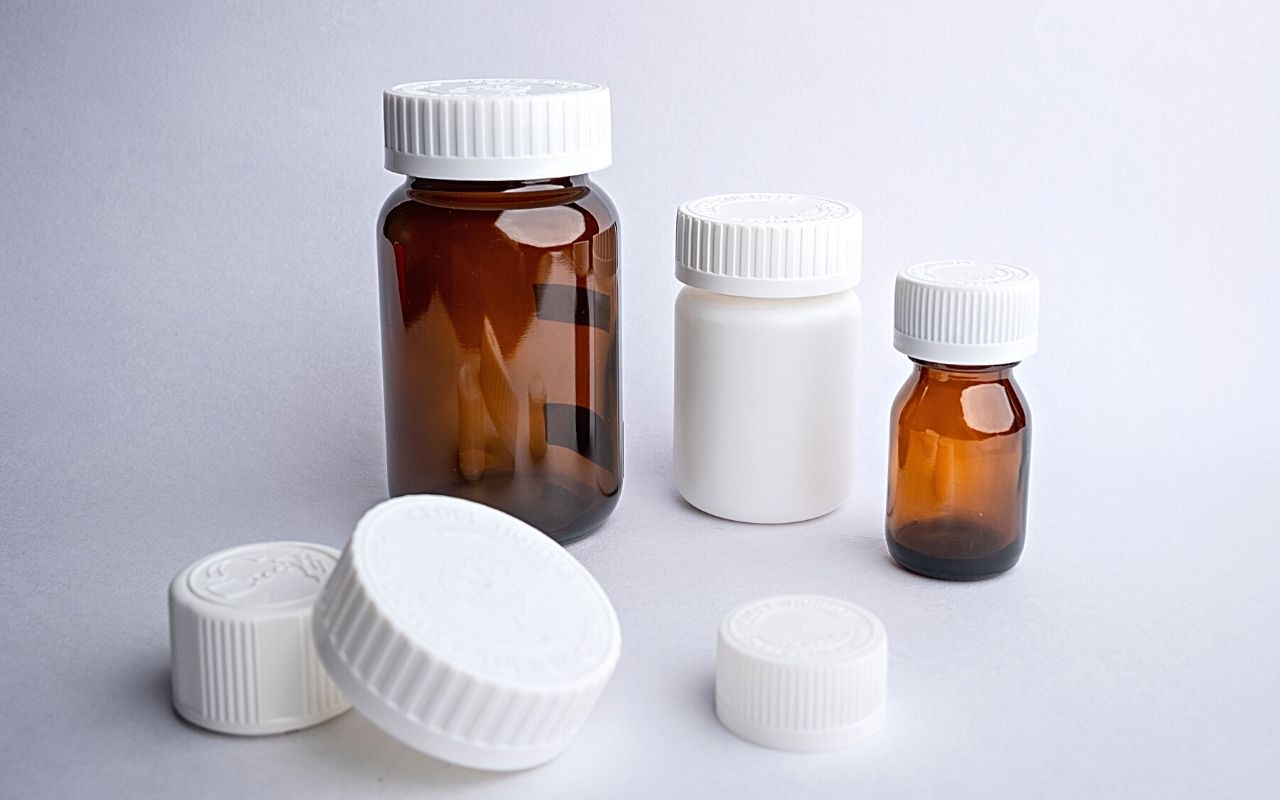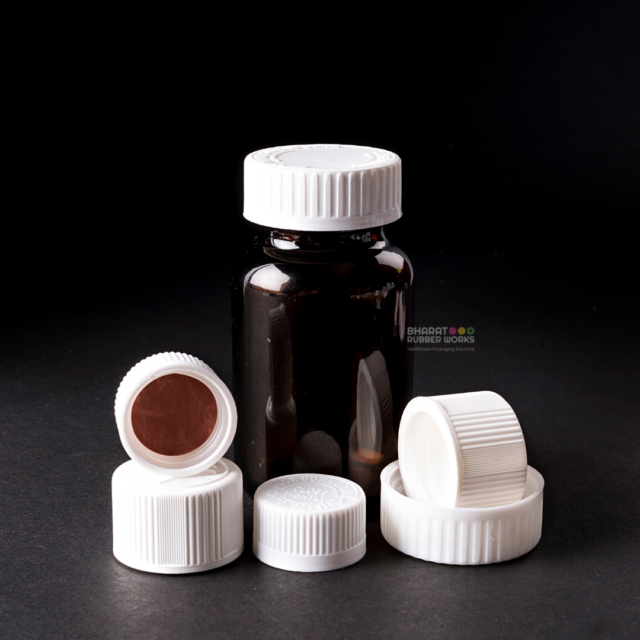What are child-resistant caps or packaging?
Child-resistant packaging, often called CR packaging , is designed to limit the danger of hazardous compounds that children accidentally ingest. A specific safety cap is used to accomplish this. Over-the-counter medications, prescription drugs, Nicotine Containing Electronic Cigarette Devices, or Refill Containers that can have Nicotine EUTPD 36.7, insecticides, and home chemicals are all subject to this rule.
The packaging is designed to be difficult for children under five years to open a toxic amount of the substance contained therein within a reasonable time. But that does not mean that all such children cannot open the packaging within a good time. Further, it is not difficult for normal adults to use it appropriately. Over the years since the introduction of CRC caps in India, there has been a significant reduction in the number of cases where children have been harmed or died by ingesting toxic substances.
Why are child-resistant caps required?
The World Health Organization considers child-resistant caps to be one of the most effective methods for reducing accidental poisoning in children. It has minimized the incidence of medication-related deaths worldwide. Seventy-four percent of all medication poisonings in the United Kingdom are unintentional. With suitable packaging materials in place, a massive majority of these percentages can be avoided.
Drugs, cosmetics, and home chemicals have all been packaged with child-resistant closures and packaging. Since the adaptation of the Consumer Product Safety Commission (CPSC) regulations, the number of children who have died due to swallowing harmful home items has decreased dramatically. Child Resistant caps in India are used mostly to package medical drugs, nutraceuticals, cosmetics and household items that may not be suitable for kids.
What are some child-resistant cap types?
There are several different types of child-resistant packaging. Bottles and containers include features that make them child-resistant, but a package’s true child-resistant feature is the cap. Bottles and other containers with child-resistant closures are entirely compatible with PPPA regulatory rules. Child-resistant bottle top some in a variety of styles, including:
- Rim-snap
- Squeeze-and-turn
- Push-and-turn
- REL
- Squeeze-and-pull
What are the various techniques and designs of child-resistant caps?
The most frequent technique for creating child-resistant package combinations using full glass or plastic containers is plastic push-turn tops. Some caps are designed exclusively for plastic bottles, while others are made specifically for glass bottles. PP push-turn threaded caps, for example, are frequently used in pharmacies to store or dispense medication in amber plastic bottles. SensoCapsTM, which are BPA-free and FDA-approved, are commonly used with glass syrup or Boston Round bottles. Underneath the cap, SensoCaps include a polyethylene foam liner. Before choosing caps and bottles, double-check that the packaging meets CPSC requirements. To ensure compliance with regulations, select all-in-one child-resistant packaging choices, such as PP plastic dropper bottles with push-turn dome tops.
Further, Child Resistant Closures (abbreviated CR) are available in single or two-piece designs. It takes two motions to open them, making it difficult for a youngster to remove them. “Push Down & Turn” and “Squeeze Lock Closures” are the most prevalent actions. The “Push Down & Turn” type of closure is usually made up of two components. A continuous thread (CT) cap serves as the inner piece. These closures typically feature unique bottleneck measurements that aren’t standard.
What are some child-resistant caps advantages?
Aside from the apparent benefit of preventing children from ingesting toxic materials, child-resistant plastic caps offer various other advantages. Plastic caps that are child-resistant are inexpensive, recyclable, and can be used on multiple bottles, jugs, and vials. When packaging tinctures and liquid pharmaceuticals in glass or plastic bottles, use child-resistant capable dropper caps to assist and safeguard children while also providing a handy application method. Other child-resistant choices include two-piece push-and-turn plastic SecureCapsTM for use on plastic dropper bottles.
Conclusion
Child-resistant caps on pharmaceutical and other related products have become the requirement of today. They are safe and life-saving for young children. The various types, techniques, and designs have made it more efficient and effective.
To know more: Child Resistant Caps



